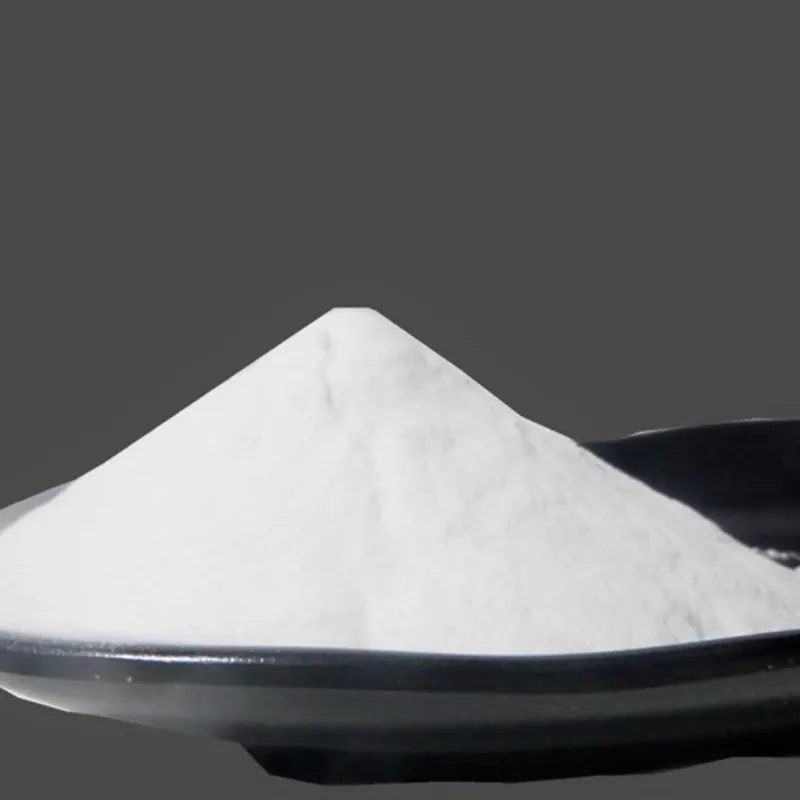
Exploring the Uses and Benefits of Dextrose as a Food Additive
Dextrose as a Food Additive Benefits and Applications
Dextrose, a simple sugar derived from corn, is a widely used food additive that plays a crucial role in the food industry. As a monosaccharide, it is easily absorbed by the body, making it a popular choice for various applications ranging from sweetening to preservation. This article explores the properties, benefits, and various applications of dextrose as a food additive.
Properties of Dextrose
Dextrose is chemically identical to glucose and is often referred to as D-glucose. It appears as a white crystalline powder and is highly soluble in water. This solubility allows it to be easily incorporated into various food products. Dextrose is slightly sweeter than sucrose (table sugar) but has a lower glycemic index, which means it can provide a quick source of energy without significantly raising blood sugar levels when consumed in moderation.
Benefits of Dextrose
1. Energy Source As a simple sugar, dextrose serves as an immediate source of energy for the body. It is particularly beneficial in sports nutrition, where athletes require a rapid replenishment of energy during and after intense physical activity. Dextrose can quickly restore glycogen levels in muscles, enhancing recovery and performance.
2. Sweetening Agent Dextrose is used as a sweetener in many food products. Its mild sweetness makes it an ideal choice for items like beverages, candies, and baked goods. Unlike other artificial sweeteners, dextrose is natural and provides a clean, straightforward sweetness without unwanted aftertastes.
3. Humectant Properties One of the critical functions of dextrose in food products is its ability to retain moisture. As a humectant, it helps to maintain the freshness and softness of baked goods, prolonging their shelf life. This property makes it particularly useful in products such as bread, cakes, and cookies.
dextrose food additive

4. Fermentation Aid Dextrose is also commonly used in the fermentation process of various foods and beverages, including beer, wine, and yogurt. It acts as a fermentable sugar that yeast can convert into alcohol or carbon dioxide, contributing to the flavor and texture of the final product.
5. Color Development In cooking and baking, sugars like dextrose participate in the Maillard reaction, which contributes to browning and flavor development. This is particularly important in products such as grilled meats, roasted coffee, and baked goods where visual appeal and taste are essential.
Applications of Dextrose in the Food Industry
Dextrose is versatile and finds application across a wide range of food products
- Beverages It is commonly added to sports drinks and energy beverages to provide a quick energy boost and improve taste. - Confectionery Candy manufacturers often use dextrose as a sweetener and to achieve the desired texture in gummy candies and soft caramels. - Baked Goods In baking, dextrose helps improve the flavor, color, and shelf life of muffins, breads, and cookies by retaining moisture. - Preserves and Jams Dextrose is frequently used in making jams and jellies, not only to enhance sweetness but also to help with preservation. - Meat Products In the production of cured meats, dextrose can act as a stabilizer, improving flavor while contributing to the curing process.
Conclusion
Dextrose, with its multitude of benefits, serves as a vital additive in the food industry. Its ability to enhance flavor, retain moisture, and provide quick energy makes it an indispensable ingredient across various food categories. As consumers increasingly seek transparency in food labeling and natural ingredients, the role of dextrose as a natural sweetener and functional additive is likely to continue to grow. With ongoing research and innovation, the uses of dextrose may expand further, benefiting both manufacturers and consumers alike.
-
Pure Sodium Dichloroisocyanurate Dihydrate | Powerful DisinfectantNewsAug.29,2025
-
Industrial Chemicals: Quality & Purity for Every IndustryNewsAug.28,2025
-
Nitrile Rubber Honoring Strict Production StandardsNewsAug.22,2025
-
Aspartame Ingredients Honoring Food Safety ValuesNewsAug.22,2025
-
Fertilizer for Balanced Plant NutritionNewsAug.22,2025
-
Cyanide Gold Processing with High Purity AdditivesNewsAug.22,2025
-
Formic Acid in Textile Dyeing ApplicationsNewsAug.22,2025
Hebei Tenger Chemical Technology Co., Ltd. focuses on the chemical industry and is committed to the export service of chemical raw materials.
-

view more DiethanolisopropanolamineIn the ever-growing field of chemical solutions, diethanolisopropanolamine (DEIPA) stands out as a versatile and important compound. Due to its unique chemical structure and properties, DEIPA is of interest to various industries including construction, personal care, and agriculture. -

view more TriisopropanolamineTriisopropanolamine (TIPA) alkanol amine substance, is a kind of alcohol amine compound with amino and alcohol hydroxyl, and because of its molecules contains both amino and hydroxyl. -

view more Tetramethyl Thiuram DisulfideTetramethyl thiuram disulfide, also known as TMTD, is a white to light-yellow powder with a distinct sulfur-like odor. It is soluble in organic solvents such as benzene, acetone, and ethyl acetate, making it highly versatile for use in different formulations. TMTD is known for its excellent vulcanization acceleration properties, which makes it a key ingredient in the production of rubber products. Additionally, it acts as an effective fungicide and bactericide, making it valuable in agricultural applications. Its high purity and stability ensure consistent performance, making it a preferred choice for manufacturers across various industries.





